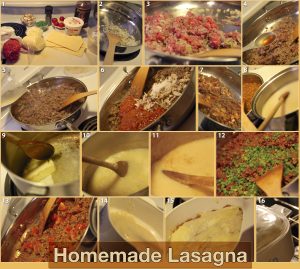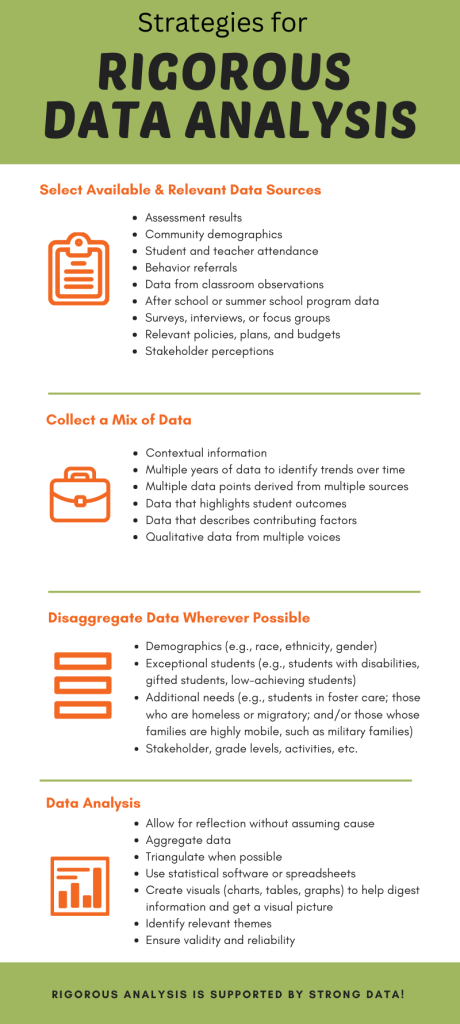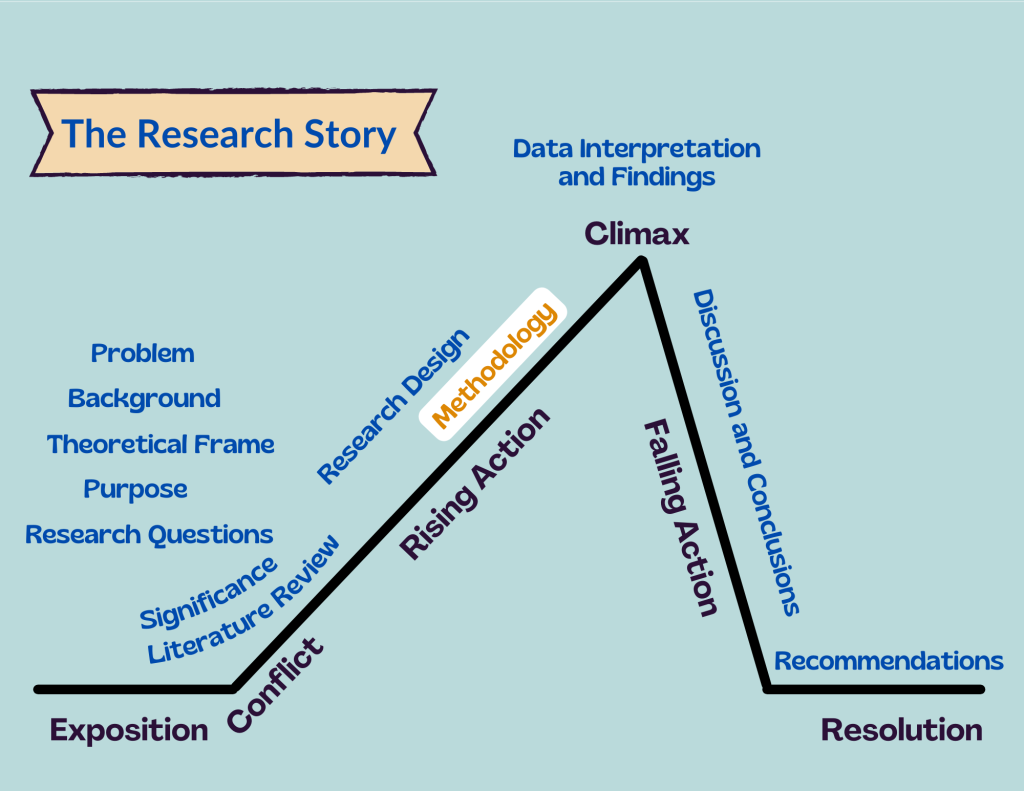Research Components
13 Methodology
The story continues…
The following morning, Harry went over to Physicus’ house.
“Here are our research questions,” said Physicus, “1 – How many mice will Pickles attack at one time? and 2 – How many mice in the room cause Pickles not to attack?”

Harry exclaimed excitedly. “Since we need to count the number of mice when Pickles attacks, and when he does not, we know we have a quantitative research design! I’m ready to answer our questions.”
“Hold on a minute, Harry,” Physicus chuckled. “We have to write out our steps first. Our methodology has to be written out like a recipe, step by step. This way, someone else could copy what we did to study their cat. Let’s start writing down exactly what we want to do.”
So, Harry and Physicus went to work writing down the steps they would take to gather data.
Like my favorite lasagna recipe, thought Harry, step by step. I can definitely do this!
Interpreting the Story
The friends were quickly able to determine how they will collect the data. Since both research questions involved number of mice, their questions are answered by counting mice. All they need to do now is list the steps the friends will take to collect the data and analyze the results. The steps and sequence for how the data are collected and analyzed are called the methodology.
Methodology
The Methodology heading explains the specific steps followed in collecting the data and analyzing it. The writing describes each stage of data collection and data analysis and justifies the procedures in terms of validity (soundness) and reliability (consistency). The writing is descriptive, explanatory, and highly specific. This heading must be written in such a way that any researcher could duplicate the collection and analysis of the data. Specificity is the key to writing the Methodology.
The Methodology heading can be compared to a recipe, a sequence of steps that if followed will produce the same outcome. Hence, in the research project, the Methodology functions as a roadmap for conducting active research to answer the research or guiding questions. It is written in such a way that another researcher can replicate the process and achieve the same results, thereby making the process verifiable. By presenting and justifying a sound methodology, the conclusions are considered sound. Illogical, unsound, unacceptable, or unreliable methodologies result in unreliable conclusions. The writing explains how and why the procedures effectively answer the questions and fulfills the purpose.
Participants and Environment
The participants are described in a heading in the Methodology. In this heading, the characteristics of the participants are clearly defined, and any unique characteristics are highlighted. For example, the participants are fourth-grade teachers with at least two years of experience. The reason for having fourth-grade teachers with at least two years of experience as participants must be explained. The writing also notes any characteristics of the participants that are excluded and explains why.
The heading also explains the specific research environment. The research environment refers to the specific setting in which the data are collected. The research environment does not refer to the setting of the overall research story, like “elementary school.” For example, if a study was conducted with elementary school teachers via a focus group that met in the library, a description of the library setting during the focus group would be explained. As with the description of the participants, the research environment is written in such a way that another researcher could replicate the environment. This means that any key or unique features are identified.
Data Collection
The data collection procedures are detailed in a heading in the Methodology. Each step in the process is described including, when, where, and how the data were collected. The writing explains the role of the researcher and the participants including any ethical concerns or limitations of the process. The procedures are written in the order in which they were carried out to ensure the procedures can be replicated.
Quantitative data are collected from a variety of sources, including surveys, observations, interviews, and documents. Numerical data are collected by counting or measuring. Data may be collected by the researcher, like counting the number of mice from our story. Data may also be obtained from documents, such as grades, district graduation rates, or ACT scores. The numeric data are entered into a spreadsheet or statistical software package for analysis.
Qualitative data are collected by the researcher through surveys, observations, interviews, focus groups, and documents. Data are collected in the form of words, phrases, or paragraphs from sources including media or interview transcriptions, anecdotal or observational records, archived documents, and surveys. Collected data are coded by the researcher or entered into a qualitative software package for analysis.
Data Analysis
The data analysis procedures are explained in a separate heading in the Methodology. The procedures for categorizing, manipulating, and evaluating the collected data are explained in this heading. Each statistical analysis and coding procedure is detailed. The writing also explains the relevance and the need for the procedures used to answer the research or guiding questions.
Quantitative data analysis methods include descriptive and inferential statistics as well as other counting and measuring calculations. Descriptive analyses produce results that summarize and describe the data collected, such as frequency of observed behaviors, number of mice encountered, mean GPA, or median test score. Inferential analyses produce results that predict or explain the association of two variables. For example, regression statistics can predict college success, or correlational statistics can calculate how closely test scores are related to the amount of time spent studying.
Content and thematic analyses are common for qualitative data analysis in educational research. Content analysis is used to identify patterns in documents or other sources of communication, like speeches. Words, phrases, images, etc. are coded (categorized) with words or phrases and then analyzed by finding the frequency of those codes in the content. Thematic analysis is similar to content analysis, but the goal is to identify patterns of meaning. Thematic analysis is best for interviews or focus group transcripts, where the meaning of what was communicated is the important feature. Content and thematic analyses help researchers find patterns and deeper meanings in specific educational contexts.

TELLING THE RESEARCH STORY
The Methodology is a play-by-play recollection of how data were obtained, who was involved and where, and what was done with the data. The setting and characters that are part of this expedition are depicted and the actions taken are explained. It tells what happened to the characters in the setting and details the journey in search of answers to the questions. The story chronicles the quest, describing every detail.
The heading continues the rising action of the research story. The writer details the quest and explains the choices behind the paths taken. The anticipation builds in this part of the story as the reader is enticed to find out the results, which is the climax of the research story. The Methodology is Chapter 3 of the thesis and dissertation. A literature review project does not have this heading.


